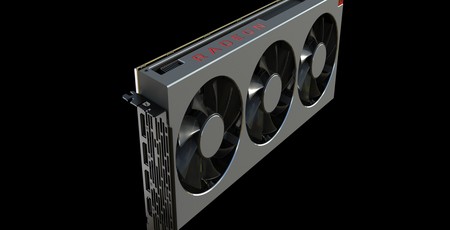
Performance Analysis
The good news is that the Radeon VII is more or less a match for the RTX 2080 in raw performance. Our specific set of benchmarks average out to a four percent lead overall for Nvidia’s card, but it’s important to remember that the Founders Edition is a pre-overclocked SKU, and also you will see plenty of variance relative to that four-percent average. With APIs like Vulkan and DX12 now more responsive to architectural implementations, it’s important to compare cards in the games and resolution most important to you.
AMD does particularly well in DX12 titles, for example, delivering its very best result against RTX 2080 in Deus Ex at 4K, winning by 10 percent, and doing better overall in Battlefield 1 as well. Nvidia’s average frame rates stay high in Total War: Warhammer, but its latest drivers continue to give some of its cards issues with stuttering here. The Vulkan and DX11 tests, however, do favour Nvidia’s hardware. Wolfenstein II (Vulkan) shows a consistent eight or nine percent advantage. Remember, this game supports Turing’s variable rate pixel shading, likely helping Nvidia keep its lead even at 4K, but in the DX11 titles the lead diminishes when you reach 4K, suggesting the memory bandwidth and larger frame buffer are aiding AMD, albeit not enough to overtake Nvidia. Synthetic tests are also more favourable to Nvidia, especially in DX12 and VR.
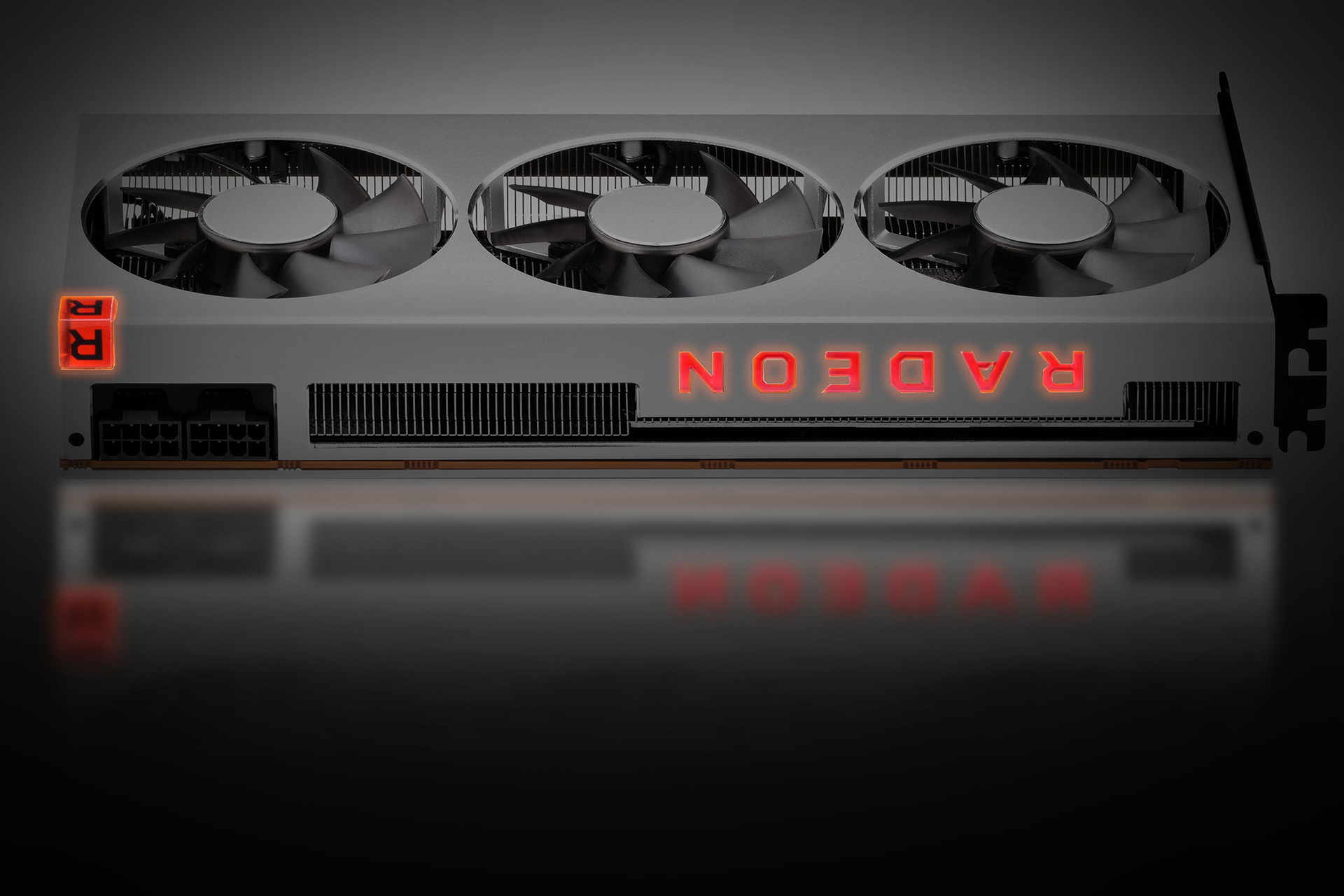
As we said it’s a mixed bag, but it’s fair to say that experientially the cards are going to be very much on par i.e. it will be rare where you see differences in frame rates that you can actually feel or notice to a large degree.
At 1080p, then, the Radeon VII is a monster, capable of running punishing titles at frame rates that would be well-suited to high-refresh rate monitors for gamers who prioritise frame rates and responsiveness above sheer pixel density and image quality. At 1440p the Radeon VII is in its most comfortable stride, delivering average frame rates above 60fps every time and never having minimums that ruin the experience. Finally, at 4K AMD’s new flagship at last gives the red team something to brag about, as once again results are always above the playable baseline. That said, even some older titles are enough to ensure you only get console-like minimums here, hence why 1440p is the optimum resolution.
Interestingly, relative performance does improve as you go up the resolution. The RTX 2080 is still faster in our games at 4K, but the advantage is a meaningless one percent compared to four percent when you focus on 1080p. Vega 64 is the more direct comparison architecturally, though, and here we see Radeon VII deliver 26, 30, and 36 percent more performance in our games at 1080p, 1440p, and 4K respectively. Evidently, then, that memory bandwidth and frame buffer are able to flex more at higher resolutions, though it’s hard to say which is more effective. We did actually try to limit memory bandwidth by downclocking the memory, but Radeon WattMan refused to play ball as you know.

Other comparisons of note include a 27 percent average lead for RTX 2080 Ti at the top of the hill, and wins for the Radeon VII of 28 percent and 18 percent over the Radeon RX Vega 64 and RTX 2070 respectively.
The rated power figures of the Radeon VII and RTX 2080 FE (300W and 225W) were already pretty indicative, so it’s not surprising to see such a gulf between the two, with system power consumption in-game showing a difference of around 50W, although Radeon VII seemed to be lower than Vega 64 at least. Until at least Navi, and likely until AMD moves away from GCN entirely post-Navi, AMD is architecturally limited in terms of efficiency, so while disappointing we can’t say this result is shocking.
More power equals more heat, though, and that tends to mean higher temperatures or higher noise or a combination thereof. With its slightly taller cooler and the use of three fans instead of one, AMD is able to successfully match the RTX 2080’s load temperature, and pleasingly there was no real sign of throttling over time, with the Radeon VII maintaining boost speeds of 1,750MHz or more as promised.

Sadly, the Radeon VII has a big sticking point: noise. Those three 75mm fans quickly ramp up to nearly 3,000 RPM, and while it is quieter than the Vega 64 that’s hardly an epic win – most things are. It’s loud enough to be problematic and distracting, although those with headphones will be able to escape the worst. Still, it does make the absence of custom coolers and water blocks a potential problem for AMD.
It’s hard to make firm conclusions about overclocking right now, but the RTX 2080 FE was able to achieve performance boosts of between six and 11 percent, albeit not very efficiently, so that’ll be something of a target for the Radeon VII.
Special shout-out to DevDoge for doing a bunch of thermal/power testing - without his support, this article may have been late, and also the website would be a broken mess. Give him some love, forumites!

MSI MPG Velox 100R Chassis Review
October 14 2021 | 15:04

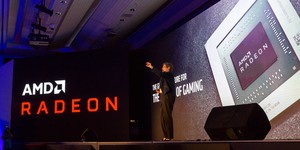
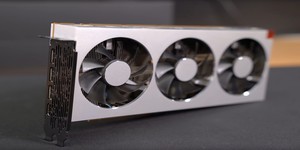
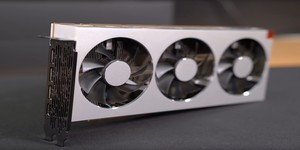




Want to comment? Please log in.